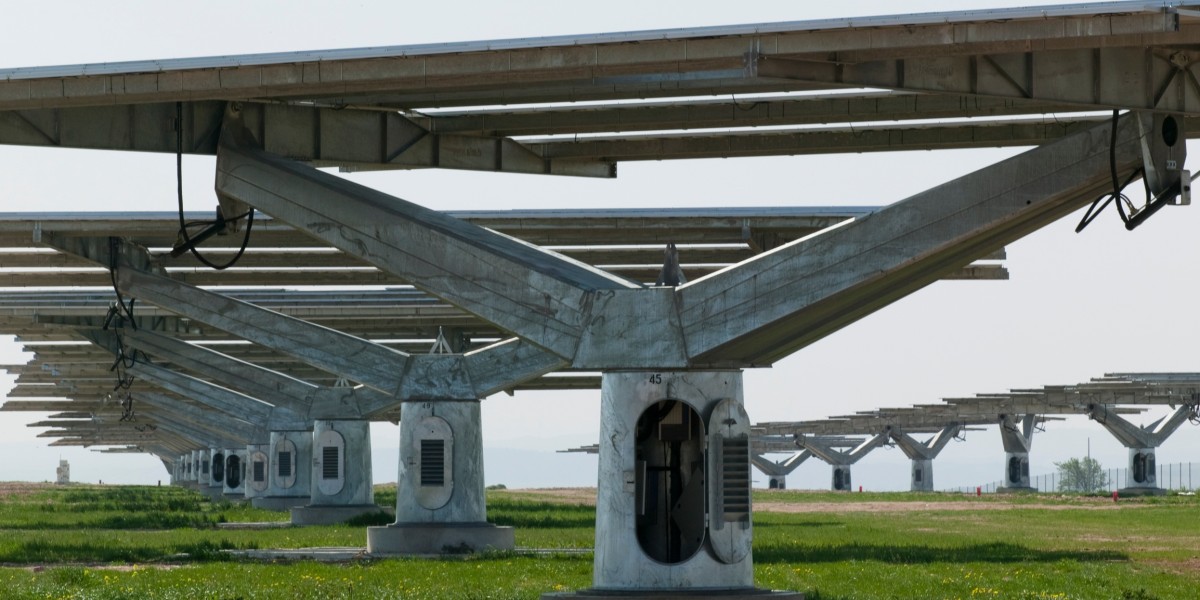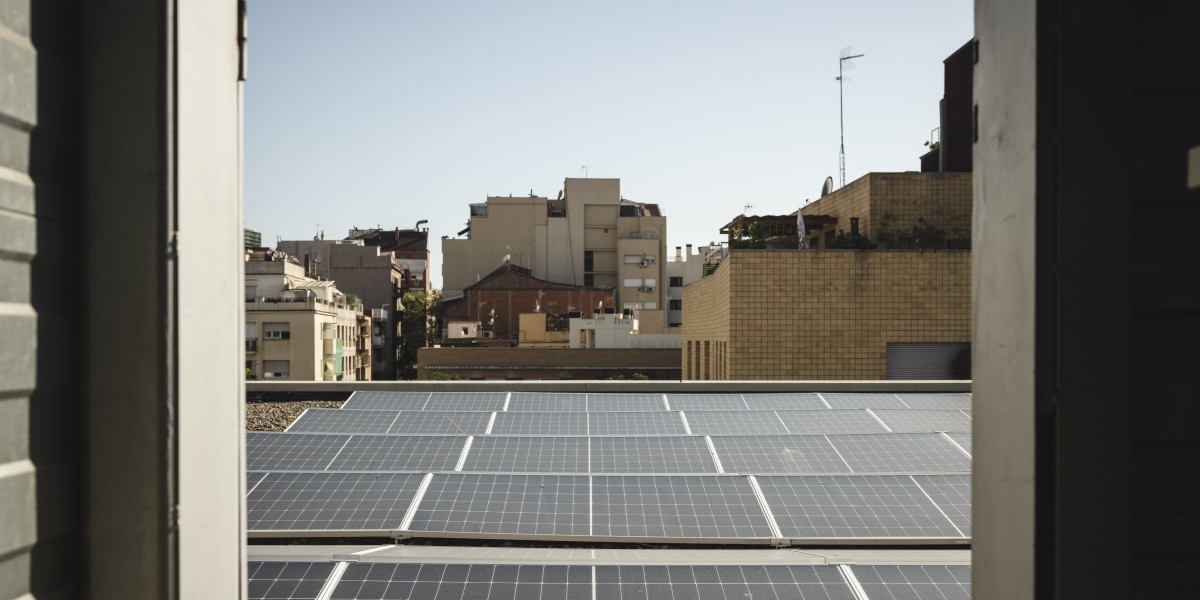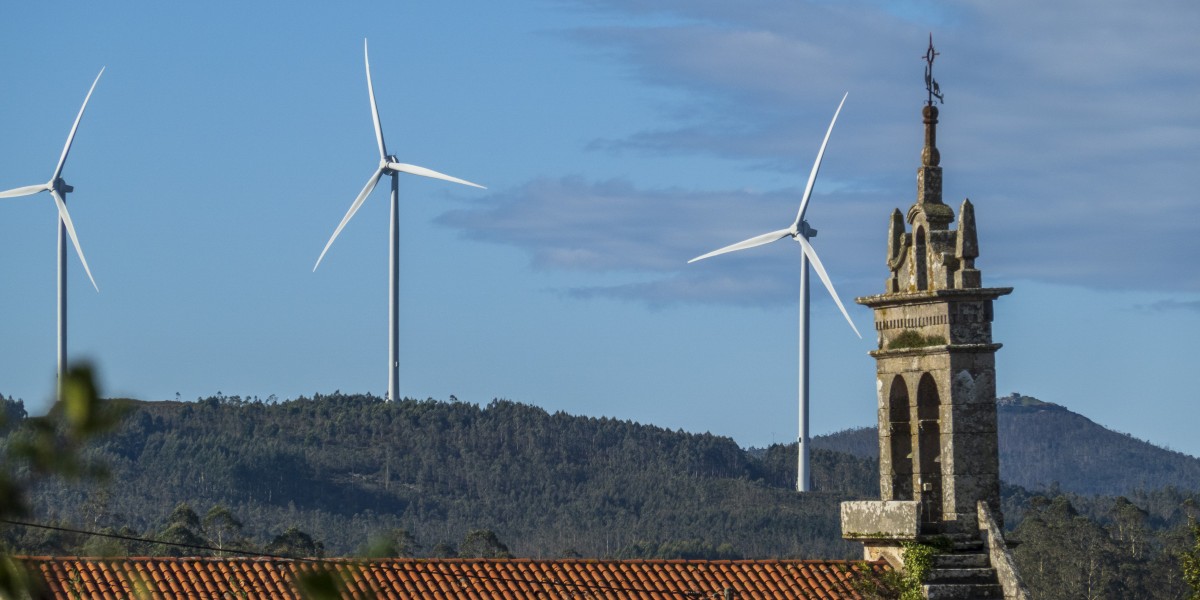
The 2025 electricity picture in Spain has quietly tilted in households’ favour. Here’s a brisk scene‑setter on what’s nudging prices, how time‑of‑use tariffs bite by the hour, and what that means for a typical monthly bill if you’re living here.
Spain electricity prices in 2025: how cheap and why
According to Trading Economics, Spain’s spot electricity price has fallen by €27.62 per MWh since the start of 2025, a drop of about 20.3%. For context, the benchmark hit a record €544.98 per MWh in March 2022. Across the EU, household prices vary widely, so where your bill lands depends on taxes, network fees and tariff design as much as generation costs.

How much is electricity in Spain in 2025?
A realistic family-of-four sits in the 2,500–5,000 kWh/year band. Eurostat’s average electricity price for household consumers in Spain in the second half of 2024 was roughly €0.23 per kWh.
Therefore, if you consume about 300 kWh in a typical month, your electricity bill will cost around €69. In the winter, with the use of heating and more lighting and appliance use, consumption may increase to around 420 kWh in a typical month, therefore costing around €97 per month.
Taking advantage of cheaper off-peak rates
Under Spain’s PVPC (regulated) tariff, the energy term changes every hour, so you’ll see far cheaper rates in sunny midday slots and higher prices in the early evening. Fixed charges (potencia/standing charge), grid fees and taxes then sit on top.
In practice, many households see very low unit rates in off‑peak windows and noticeably higher ones in peak hours. Your monthly total is driven by how much you can move laundry, dishwashers and EV charging to the cheaper bands. If you push more usage into off‑peak hours, a blended rate nearer €0.20/kWh is common in cheaper months, making your monthly bill roughly €60 rather than €69.
Is electricity cheaper in Spain or the UK?
Spain often works out cheaper for households that can push usage into nights and weekends. PVPC time‑of‑use pricing gives you off‑peak hours overnight on weekdays and all day at weekends. In the UK, most people on the standard tariff pay around 25–26 p/kWh under the Ofgem cap in late 2025. Off‑peak Spanish rates frequently undercut that, though the exact saving shifts with the month, your supplier and how you use power.

Which country has the cheapest electricity in Europe in 2025?
Eurostat’s H1 2025 household data shows wide gaps across the EU: Germany, Denmark and Ireland sit at the pricey end, while Hungary, Bulgaria and Malta are the cheapest. Spain isn’t in the top-price group and generally sits lower thanks to a strong renewables share. Spain’s power is roughly 32% below the EU average and at least 30% cheaper than in Germany and Italy.
Spain and renewable energy: how “green power” made electricity cheaper
Spain’s power mix has tilted decisively toward renewables, and it shows up in the market. Solar overtook wind as the country’s largest installed technology in January 2025, with solar now supplying about 21% of electricity generation—roughly double the EU average.
Spain’s solar boom and midday price dips
With solar now top of the capacity charts, sunny hours tend to be friendlier to your bill. Spain has doubled its solar and wind capacity since 2019, adding over 40 GW to the grid. On many days—especially in spring and summer—the surge in midday solar shifts the merit order so wholesale prices ease in the middle of the day, then firm up toward the evening peak when solar fades.

Stay in the know about living in Spain as a foreigner—get our weekly newsletter for the latest travel, legal, and lifestyle news







